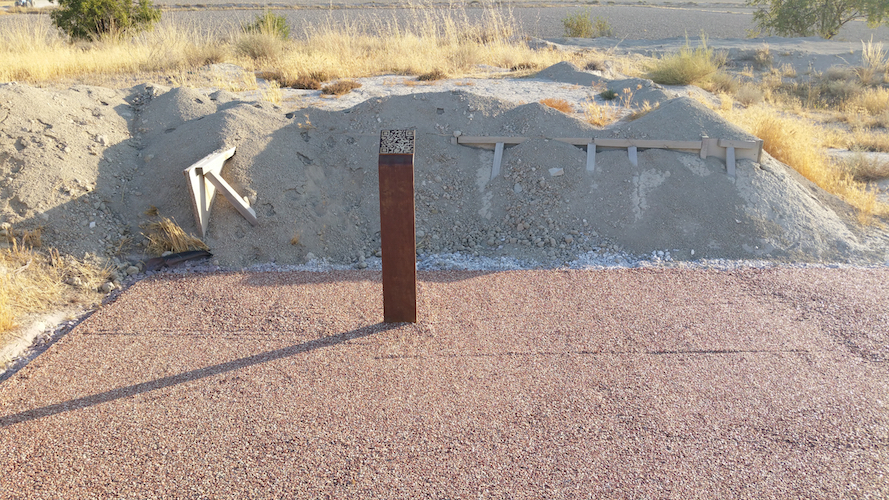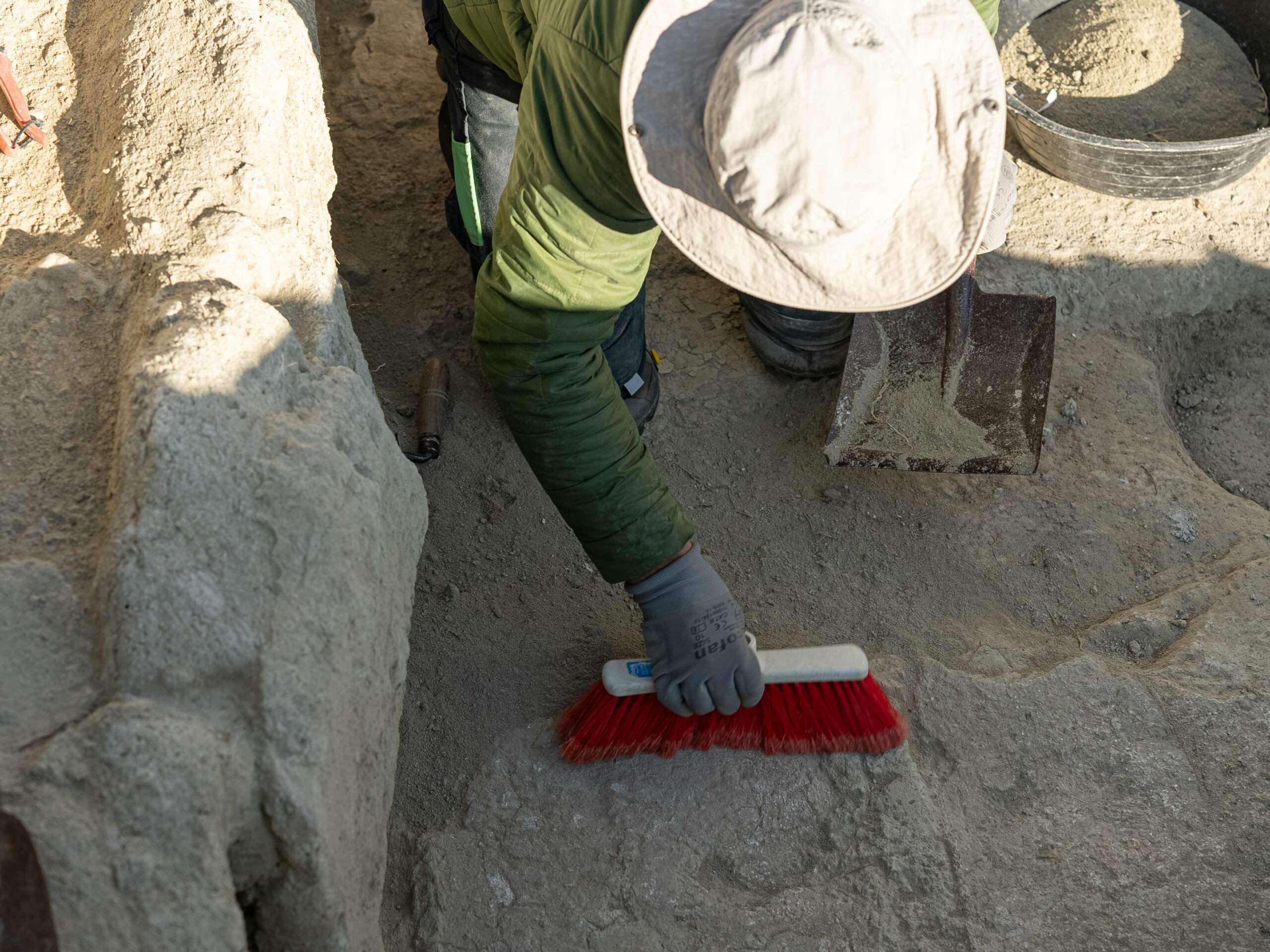TOMB 183
History of the tomb
This is the chamber that was discovered in 2013 and is located on the edge of Francisco Presedo’s excavation, who did not touch it, which has a series of characteristics that make it very interesting. On the one hand, it has a large size such as 176 or 155 and in this case, the architectural structure is preserved in fairly good condition. This architectural structure is a well excavated in the subsoil and lined with an adobe wall like 176.
On its northwest side it has an entrance system, a small hallway through which they were allowed to descend to the chamber and in turn, on the east side, there was a kind of vestibule that is not completely excavated. This vestibule is a kind of room to celebrate the banquets or the ceremony that was held around that chamber. The most interesting thing about this chamber is that the tomb was looted by the Iberians themselves, the original trousseau was broken and scattered on the floor of the chamber, trousseau that could be dated to approximately the end of the 5th century BC. After this looting, the valuables disappeared.

The tomb began to have marginal use for a period of time established between 40 or 50 years. There is a continuous and systematic entry into the tomb to deposit burials of children in pairs, all under 2 years old and male, entering in pairs due to some type of sacrifice or some ritual related to necromancy and for a certain time. This ritual is performed inside the tomb and at a given moment, someone decides to stop the ritual and build an adobe mound to completely amortize it.
– Trousseau: Set of artifacts that accompany the deceased in his burial.
– Necropolis: Large cemetery in which funeral monuments abound.
– Burial: Burial of a corpse.
GALLERY







